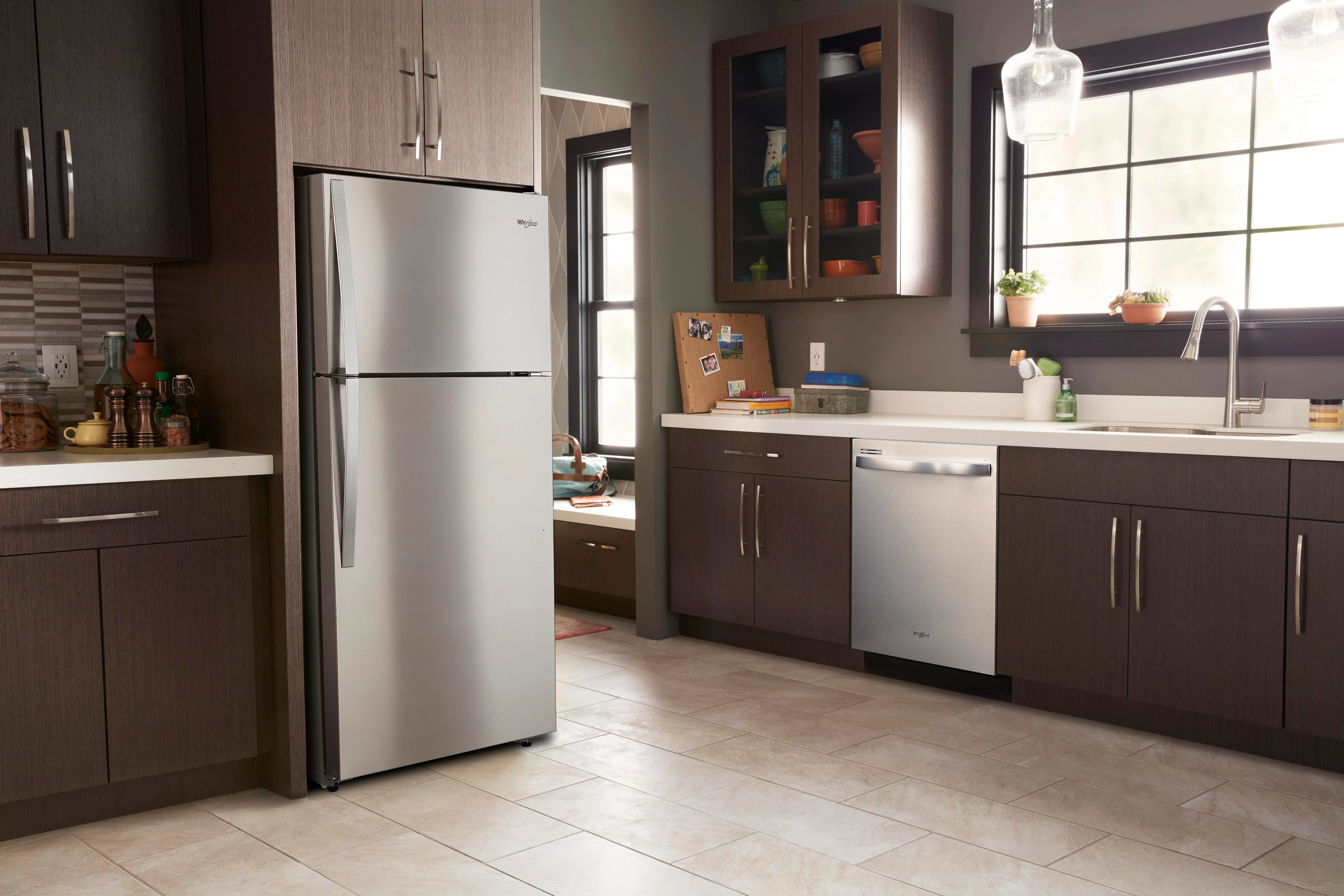

Articles
What Is Standard Refrigerator Depth
Modified: April 23, 2024
Looking for articles on standard refrigerator depth? Find everything you need to know about refrigerator dimensions and sizes in our informative articles.
(Many of the links in this article redirect to a specific reviewed product. Your purchase of these products through affiliate links helps to generate commission for Storables.com, at no extra cost. Learn more)
Introduction
When it comes to selecting a refrigerator, there are many factors to consider to ensure it fits perfectly into your kitchen space. One crucial aspect to pay attention to is the refrigerator depth. The depth of a refrigerator determines how far it protrudes from the wall and into the room. This measurement is vital to ensure proper clearance and efficiency in your kitchen layout.
In this article, we will delve into the concept of standard refrigerator depth, explore the measurement criteria, highlight the benefits of choosing a standard depth refrigerator, discuss important considerations when selecting refrigerator depth, and explore alternative options for those seeking a different fit.
Whether you’re in the market for a new refrigerator or simply interested in learning more about standard refrigerator depth, this article will provide you with the necessary insights to make an informed decision for your kitchen needs.
Key Takeaways:
- Standard refrigerator depth measurements range from 28 to 36 inches, offering a balance between storage capacity and space efficiency. They are widely available, cost-effective, and ensure easy integration into most kitchen setups.
- Alternative options such as counter-depth, built-in, compact, or custom-made refrigerators provide flexibility in depth, allowing for seamless alignment with cabinetry, space maximization, and customized aesthetics.
Definition of Refrigerator Depth
Refrigerator depth refers to the measurement of how far a refrigerator protrudes from the back wall to the front edge, including the handles. This measurement is important because it determines how much space the refrigerator occupies in your kitchen. A refrigerator’s depth can impact the overall flow and functionality of your kitchen, especially if you have limited space.
It is crucial to understand that refrigerator depth is different from width and height. While the width refers to the measurement of the refrigerator from side to side, and the height represents its measurement from top to bottom, the depth is the measurement from the back to the front. Therefore, it is essential to consider all three dimensions when selecting a refrigerator to ensure a suitable fit.
Refrigerator depth is typically measured in inches or centimeters. The depth measurement includes the body of the refrigerator, as well as any additional features or handles that add to its overall depth. Keep in mind that the depth measurement should account for any potential clearance needed for the refrigerator doors to open fully without obstruction.
Understanding the definition and significance of refrigerator depth will help you determine the appropriate size and fit for your kitchen space. Having a clear understanding of this concept can save you from potential headaches or disappointments when selecting a refrigerator that might not fit your kitchen layout.
Standard Refrigerator Depth Measurements
Standard refrigerator depth measurements typically range from 28 to 36 inches, including the additional depth added by handles and other protrusions. The most common standard depth sizes are 30, 33, and 36 inches, which are widely available in the market.
A 30-inch standard depth refrigerator is ideal for kitchens with limited space. It offers a balance between storage capacity and space efficiency. This size is suitable for smaller kitchens or kitchens with tight layouts.
The 33-inch standard depth refrigerator is a popular choice as it provides slightly more storage capacity compared to the 30-inch size. It is a versatile option that fits well in most kitchen configurations without compromising too much space.
The 36-inch standard depth refrigerator is the largest option in the standard depth category. It offers maximum storage capacity, making it perfect for larger households or those who require ample refrigeration space. However, it is essential to consider your kitchen dimensions carefully to ensure it fits comfortably without overwhelming the space.
It’s worth noting that these standard refrigerator depths are measured without considering the doors or handles. Handles can add an additional inch or two to the overall depth. Therefore, it’s crucial to account for handle clearance when planning your kitchen layout. Make sure you measure the space where the refrigerator will be placed, taking into account any potential obstructions caused by the doors or handles.
When considering standard refrigerator depth measurements, it’s vital to remember that there may be variations between different refrigerator models and brands. It’s always recommended to check the specification sheet or consult with the manufacturer to ensure the exact measurements align with your requirements.
Now that we’ve explored the standard measurements, let’s move on to the next section to understand the benefits of choosing a standard refrigerator depth.
Benefits of Standard Refrigerator Depth
Opting for a standard refrigerator depth offers a range of benefits that can enhance your kitchen experience and overall functionality. Here are some key advantages of choosing a standard depth refrigerator:
- Space Efficiency: Standard refrigerator depth sizes are designed to maximize storage capacity while being mindful of space limitations. They offer a balance between storage needs and fitting seamlessly into your kitchen layout.
- Easy Integration: Standard depth refrigerators are widely available, making it easier to find a replacement or upgrade option. They are compatible with most kitchen cabinets and countertops, allowing for a seamless integration into your kitchen’s aesthetic.
- Accessibility: With a standard refrigerator depth, you can enjoy convenient access to your food and beverages. The doors can fully open without obstruction, allowing for easy loading, organizing, and retrieving items from your refrigerator.
- Enhanced Air Flow: Standard depth refrigerators are designed to provide optimal air circulation within the appliance. This helps maintain consistent temperature levels, ensuring your food stays fresh for longer periods.
- Cost Savings: Standard depth refrigerators are often priced more competitively compared to specialized or custom sizes. They are readily available and mass-produced, leading to cost savings both in terms of the appliance itself and potential installation or modification costs.
By choosing a standard refrigerator depth, you can enjoy these benefits while ensuring your kitchen remains functional and aesthetically pleasing. However, it’s important to consider your specific needs and kitchen layout before making a final decision.
Next, we will explore some important considerations to keep in mind when selecting refrigerator depth.
Standard refrigerator depth is typically around 30 to 34 inches, but it’s important to measure the space where the refrigerator will go to ensure a proper fit. Always consider the door swing and any additional space needed for ventilation.
Considerations When Choosing Refrigerator Depth
When selecting the right refrigerator depth for your kitchen, there are several important considerations to keep in mind. These factors will help ensure that the refrigerator you choose fits perfectly into your space and meets your specific needs. Here are some key considerations to consider:
- Kitchen Layout: Assess the layout of your kitchen and measure the available space where the refrigerator will be placed. Consider any constraints such as surrounding cabinets, countertops, or walls that could affect the depth of the refrigerator.
- Door Clearance: Take into account the swing of the refrigerator doors and their clearance when fully open. Ensure that there is enough space for the doors to open without hitting any obstacles or other appliances nearby.
- Storage Needs: Evaluate your storage requirements and determine the capacity and layout options that best suit your needs. Consider the number of people in your household, your typical grocery shopping habits, and any specific storage needs for items like tall bottles or platters.
- Energy Efficiency: Look for refrigerators with energy-efficient features to minimize energy consumption and reduce utility costs. Energy Star certified refrigerators are a good choice as they meet strict efficiency standards and are environmentally friendly.
- Budget: Set a budget for your refrigerator purchase and consider the price range associated with standard depth models. Keep in mind that additional features, finishes, and brands can impact the cost.
- Future Plans: Consider any potential changes or future renovations in your kitchen. If you anticipate remodeling or expanding your kitchen space in the near future, you may want to choose a more flexible refrigerator depth option.
By considering these factors, you can make an informed decision when selecting the right refrigerator depth for your kitchen. It’s important to prioritize your specific needs and find a balance between functionality, aesthetics, and budget.
Next, we will explore alternative options for those seeking a different fit than the standard refrigerator depth.
Read more: What Is The Standard Kitchen Cabinet Depth
Alternatives to Standard Refrigerator Depth
If a standard refrigerator depth doesn’t meet your specific requirements, there are alternative options available that can provide a better fit for your kitchen. Here are a few alternatives to consider:
- Counter-Depth Refrigerators: Counter-depth refrigerators are designed to align with the depth of standard kitchen cabinets and countertops. They are shallower than standard depth models, typically ranging from 24 to 27 inches deep. Counter-depth refrigerators offer a sleek and integrated look, but may have slightly reduced storage capacity compared to standard depth options.
- Built-in or Integrated Refrigerators: Built-in or integrated refrigerators are custom-designed to seamlessly blend with your kitchen cabinetry. These refrigerators often have custom paneling to match the surrounding cabinets, creating a cohesive and luxurious look. Built-in or integrated refrigerators can be deeper or shallower than standard depth, depending on your specific requirements.
- Compact or Apartment-sized Refrigerators: If you have limited space, a compact or apartment-sized refrigerator could be a suitable alternative. These smaller refrigerators are specifically designed for tight spaces and can fit in small kitchens, dorm rooms, or even offices. They come in various depths, typically ranging from 20 to 24 inches, offering the necessary storage capacity for basic needs.
- Custom-made Refrigerators: For those seeking a truly unique fit, custom-made refrigerators can be designed to any desired depth and size. Custom-made refrigerators offer complete flexibility to match your specific kitchen layout and storage needs. However, keep in mind that custom-made options can be more expensive and may require longer lead times for production and delivery.
When considering alternatives to standard depth refrigerators, it’s important to thoroughly research and gather information about the different options available. Measure your kitchen space accurately and consult with appliance experts or designers to ensure the alternative option you choose meets both your functional and aesthetic requirements.
Finally, let’s conclude our discussion on refrigerator depth.
Conclusion
Choosing the right refrigerator depth is crucial for ensuring optimal functionality and a seamless integration into your kitchen space. Whether you opt for a standard depth refrigerator or explore alternative options, there are several key factors to consider.
Standard refrigerator depth measurements, ranging from 28 to 36 inches, provide a balance between storage capacity and space efficiency. They are widely available, cost-effective, and offer easy integration into most kitchen setups. However, it’s essential to evaluate your kitchen layout, storage needs, and budget to determine the best fit.
If a standard depth refrigerator doesn’t meet your requirements, alternative options such as counter-depth, built-in, compact, or custom-made refrigerators can provide a better fit. These alternatives offer flexibility in depth, allowing you to align your refrigerator with your cabinetry, maximize space, or achieve a customized look.
When choosing a refrigerator depth, consider factors like kitchen layout, door clearance, storage needs, energy efficiency, budget, and future plans for your kitchen. By carefully evaluating these considerations, you can make an informed decision and select a refrigerator that meets your specific needs.
Remember to measure your kitchen space accurately, consult with professionals if needed, and consider the overall aesthetics and functionality of your kitchen when making your final decision.
Whether you choose a standard refrigerator depth or an alternative option, the key is to find the perfect balance between practicality, style, and efficiency. By doing so, you can enjoy a well-organized and visually appealing kitchen with a refrigerator that perfectly complements your needs and preferences.
Frequently Asked Questions about What Is Standard Refrigerator Depth
Was this page helpful?
At Storables.com, we guarantee accurate and reliable information. Our content, validated by Expert Board Contributors, is crafted following stringent Editorial Policies. We're committed to providing you with well-researched, expert-backed insights for all your informational needs.
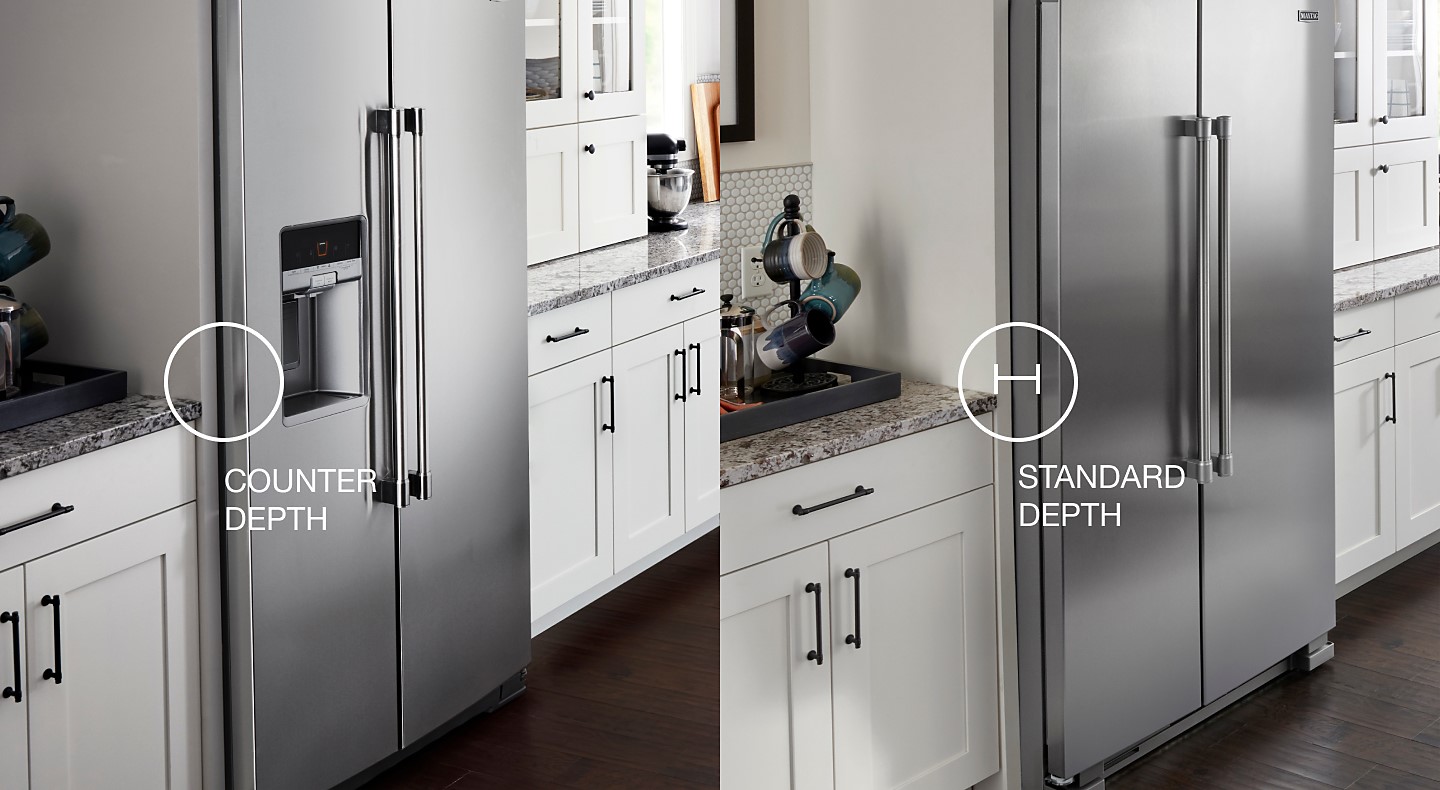
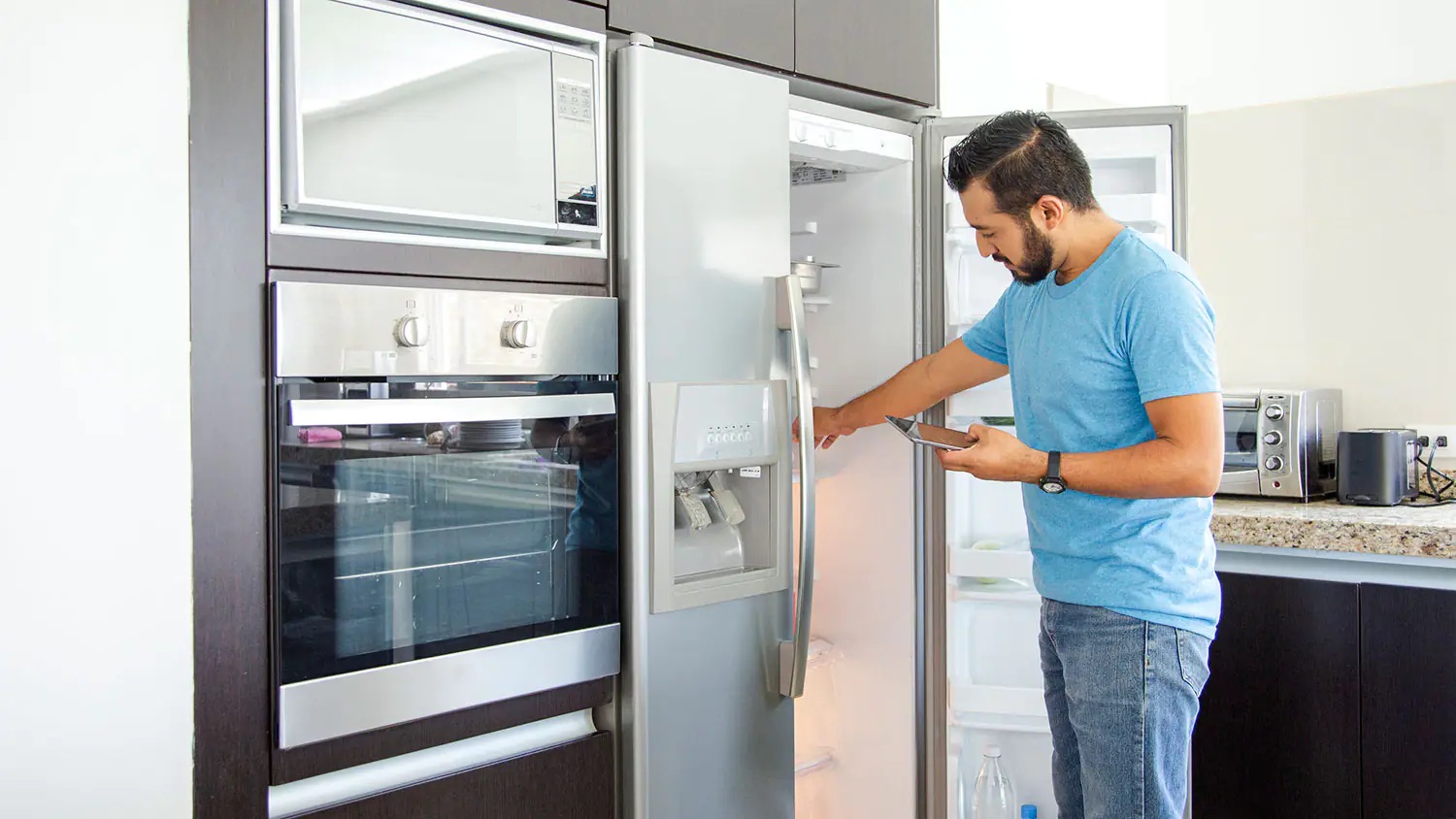

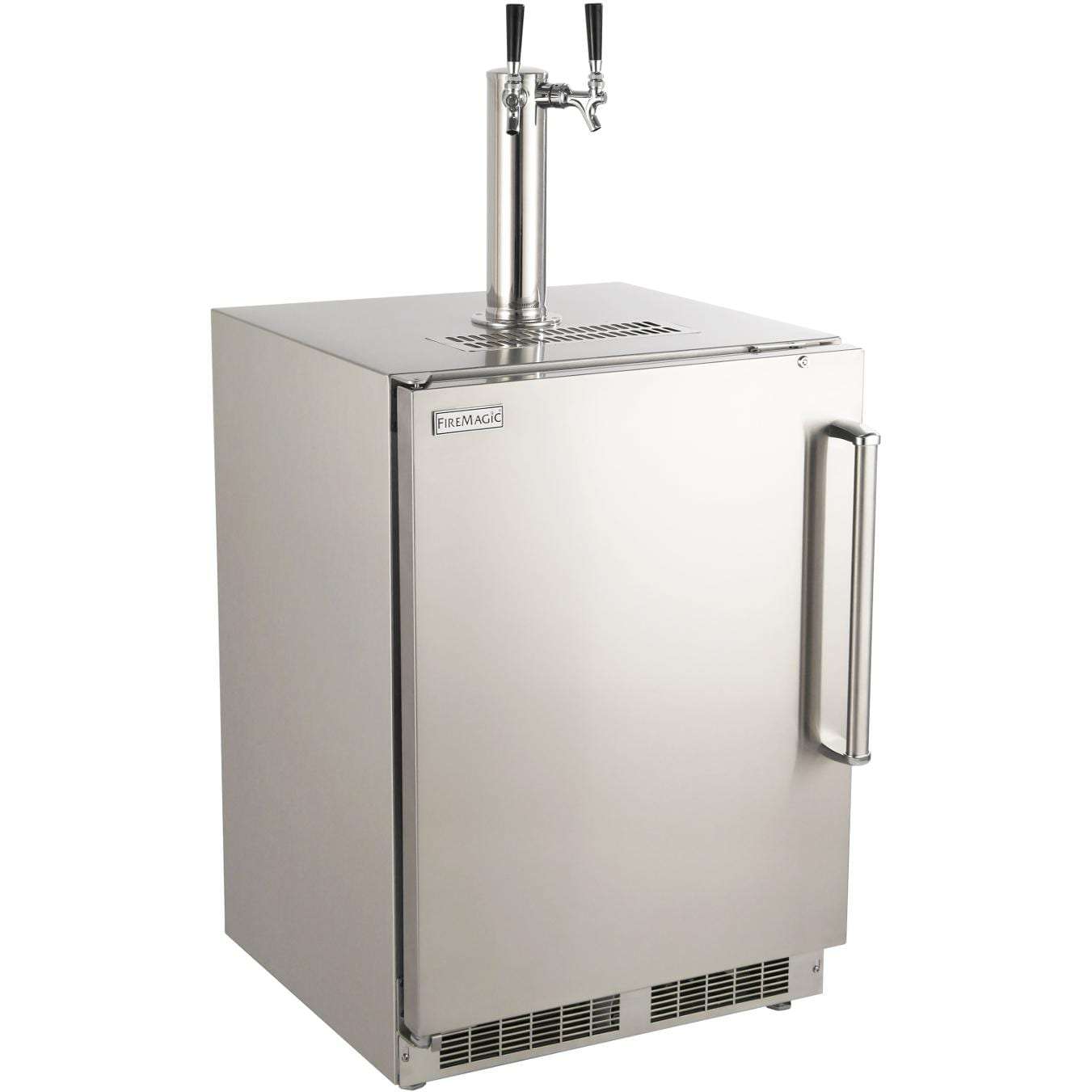
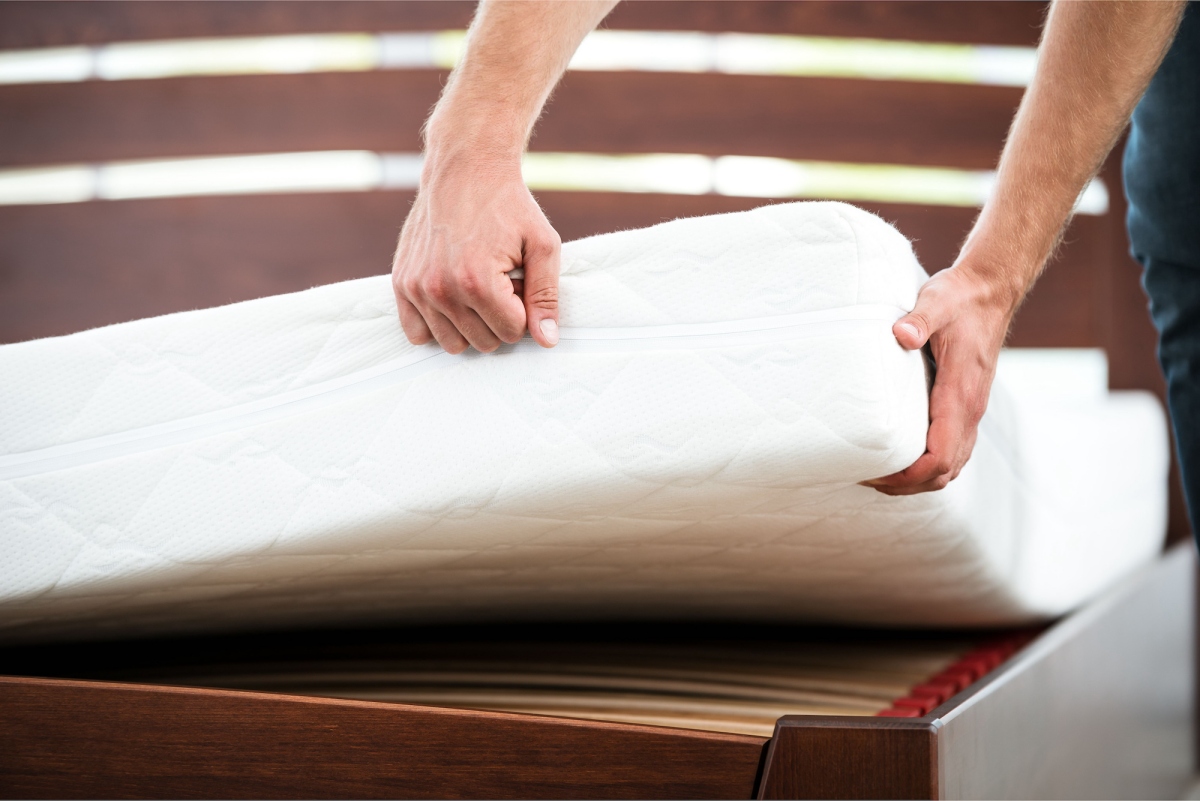


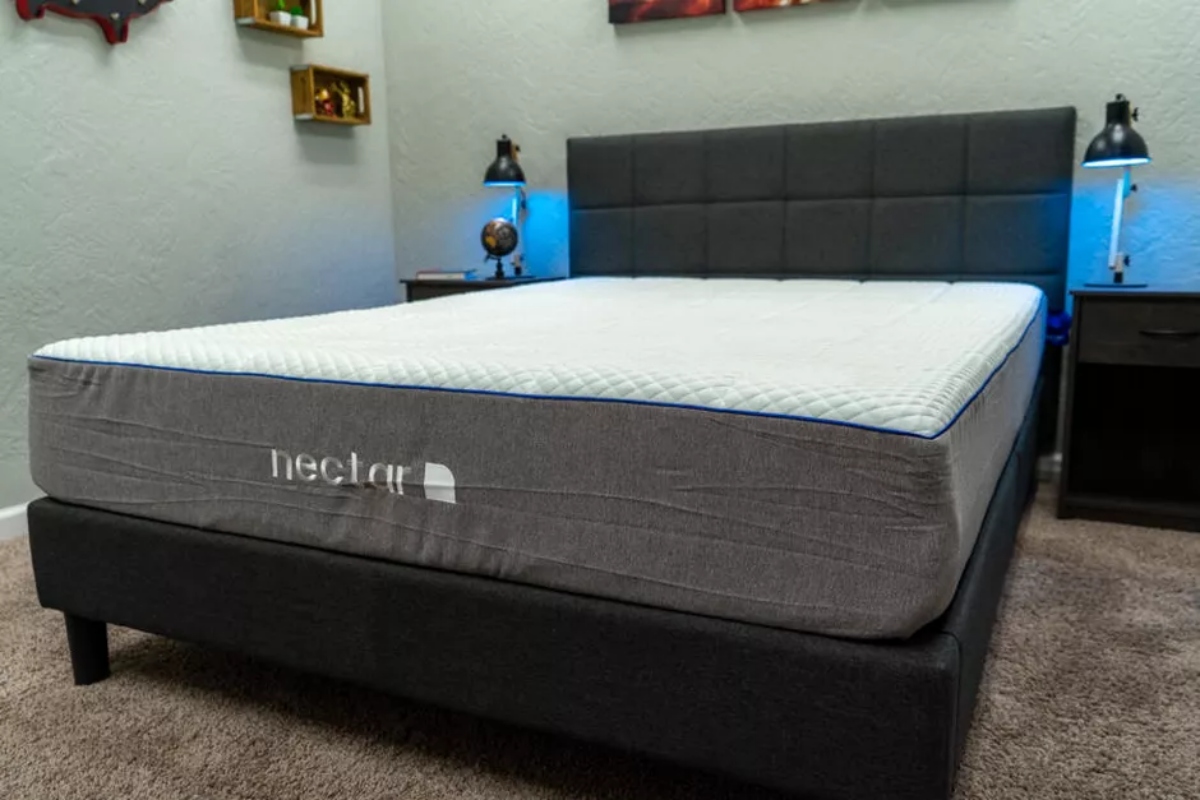
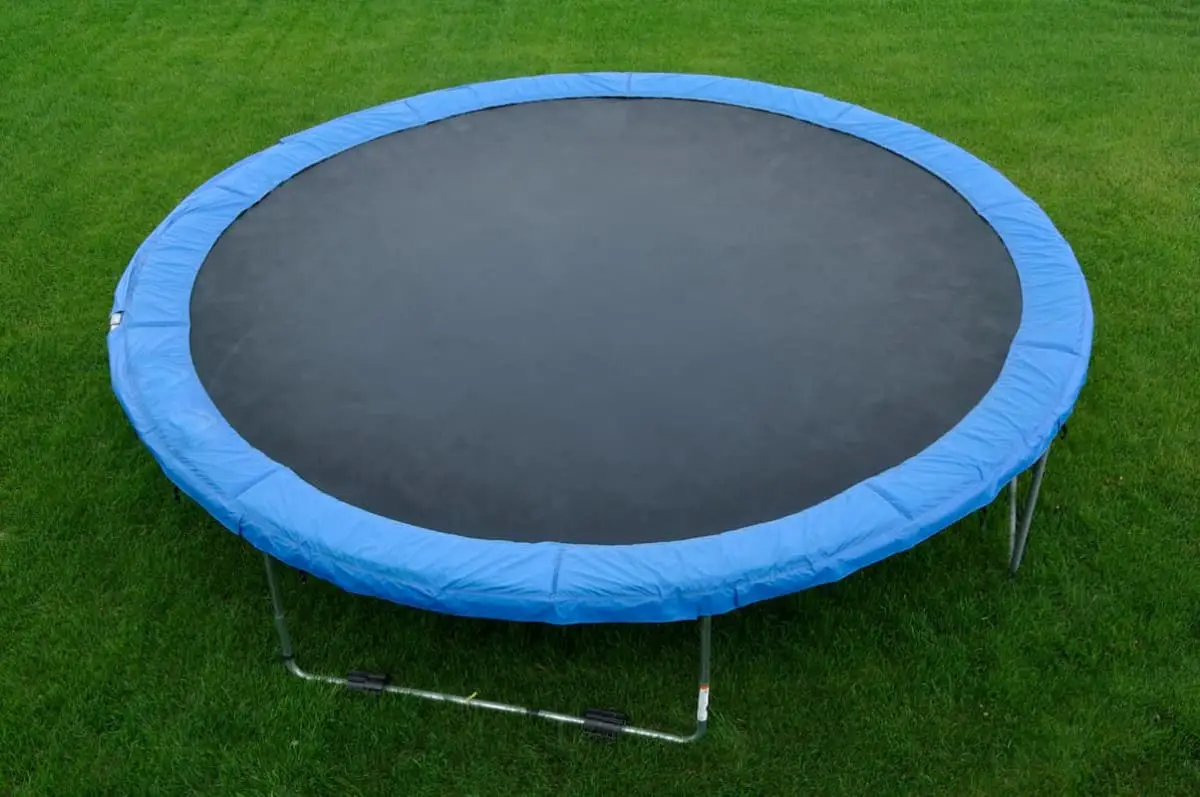


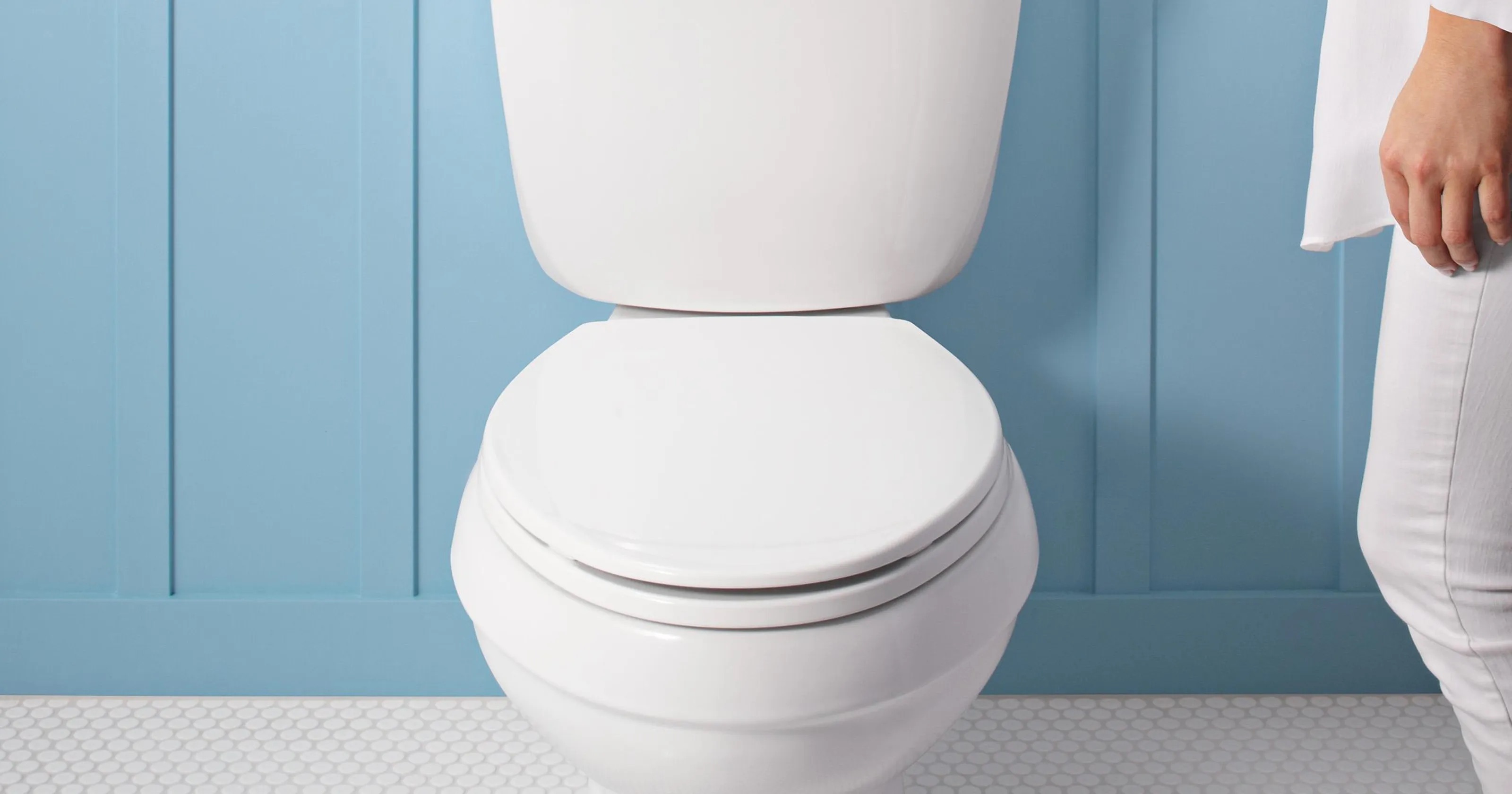
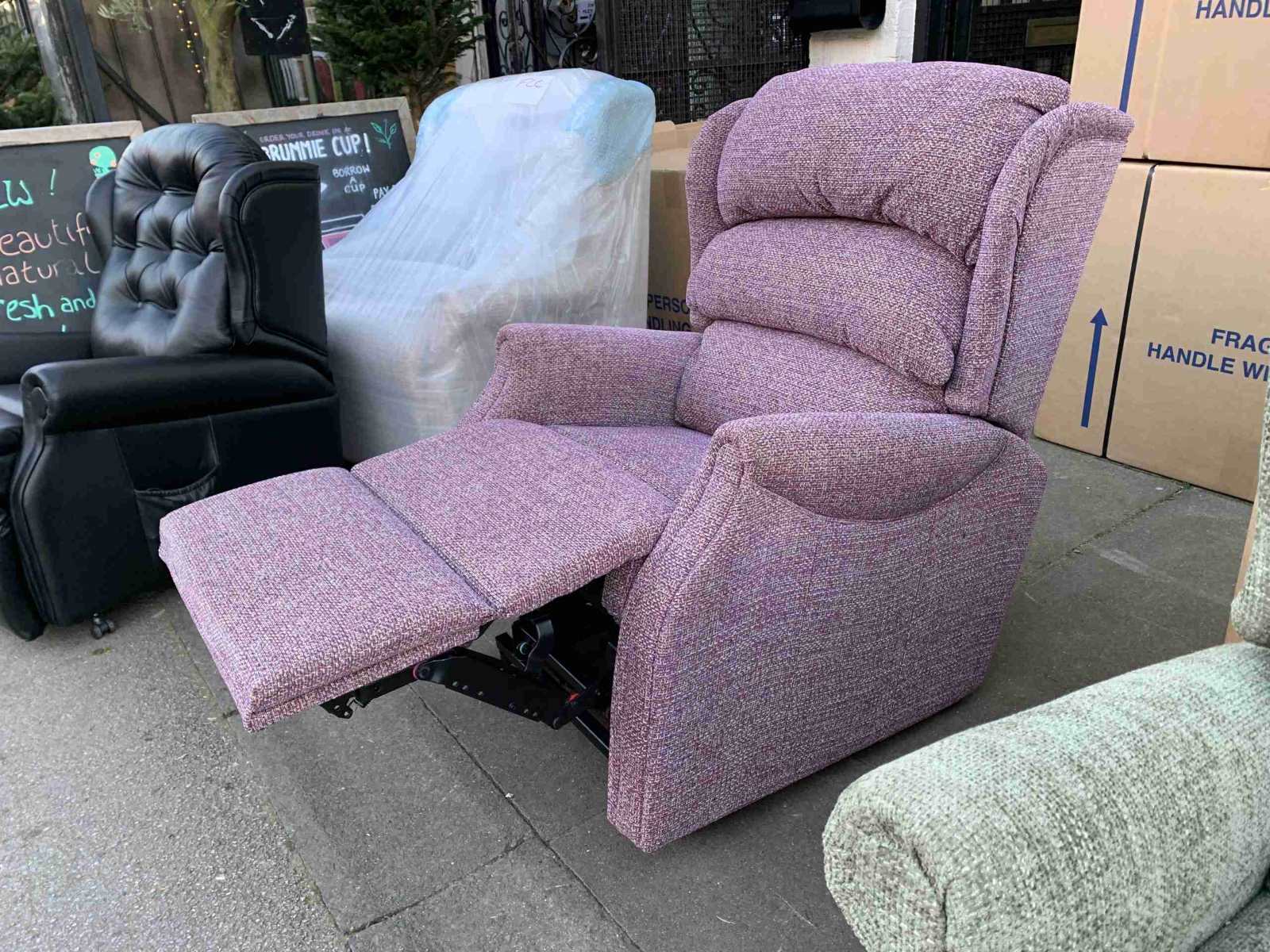
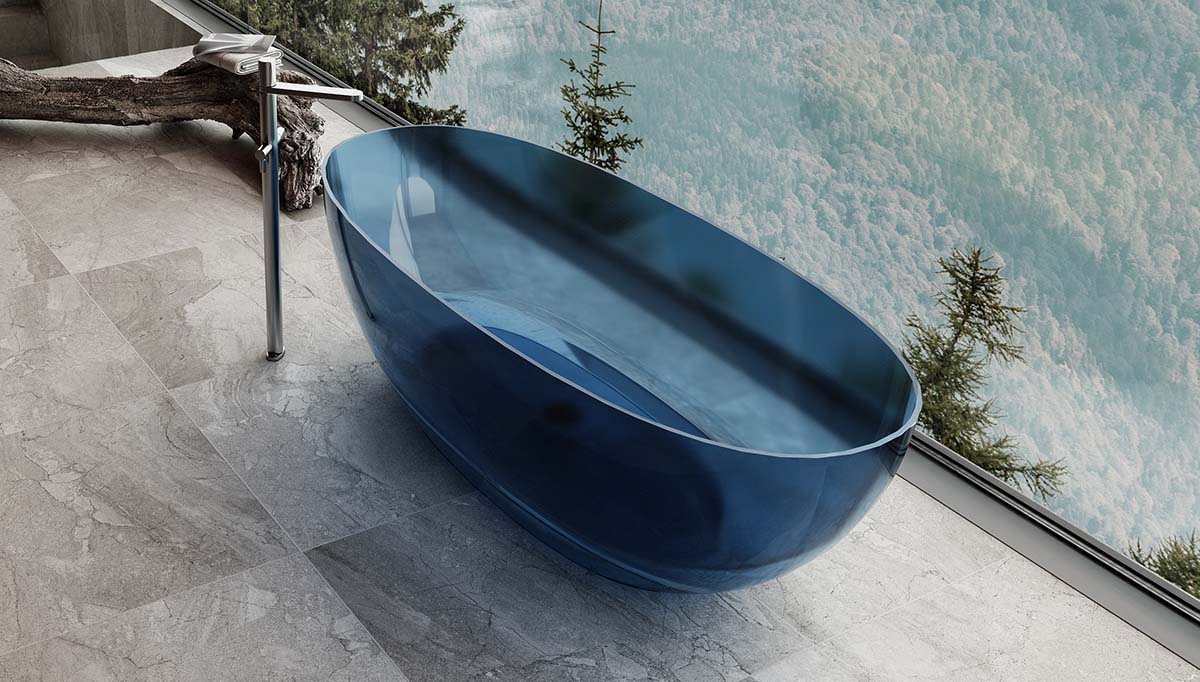

0 thoughts on “What Is Standard Refrigerator Depth”